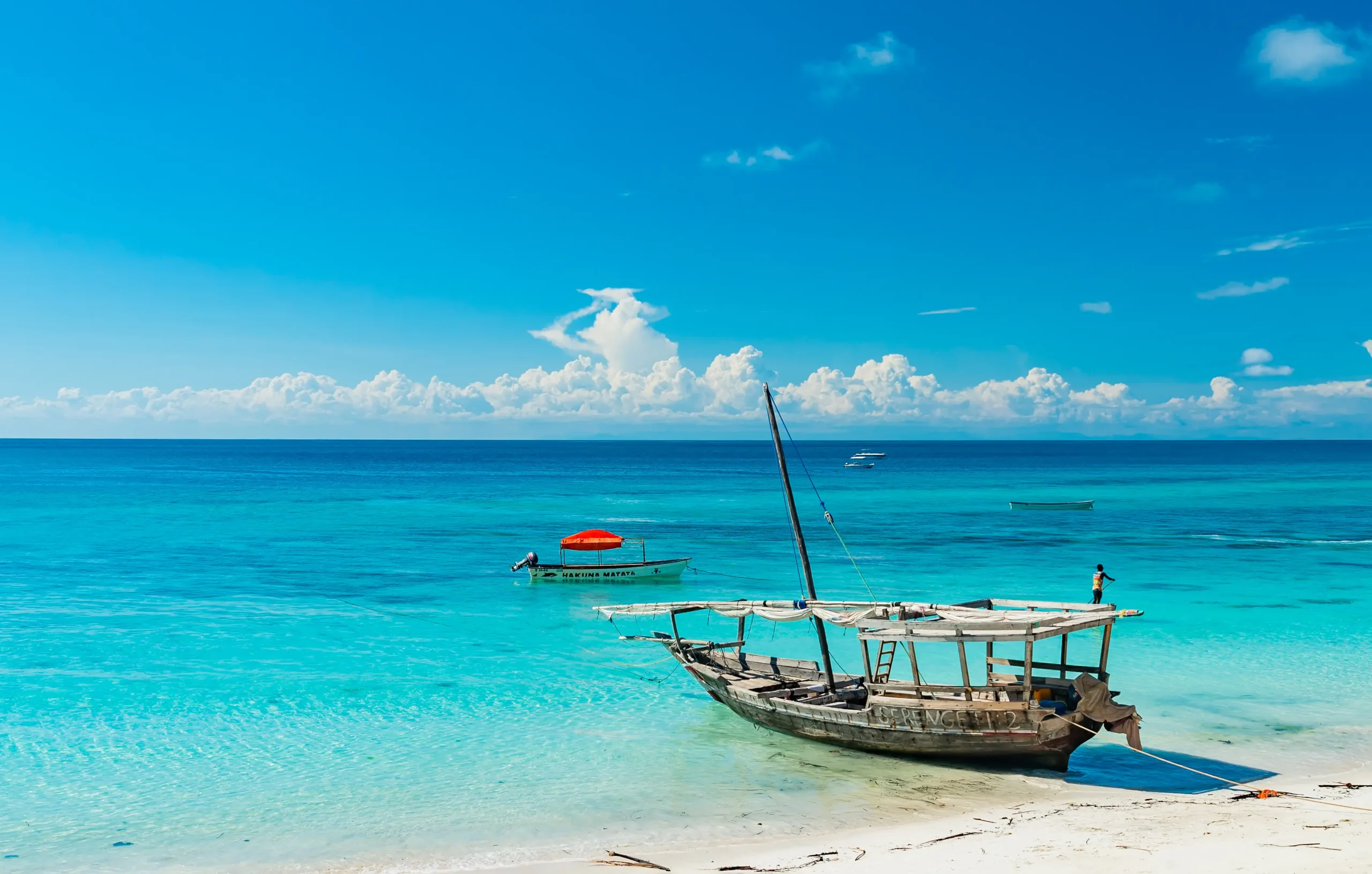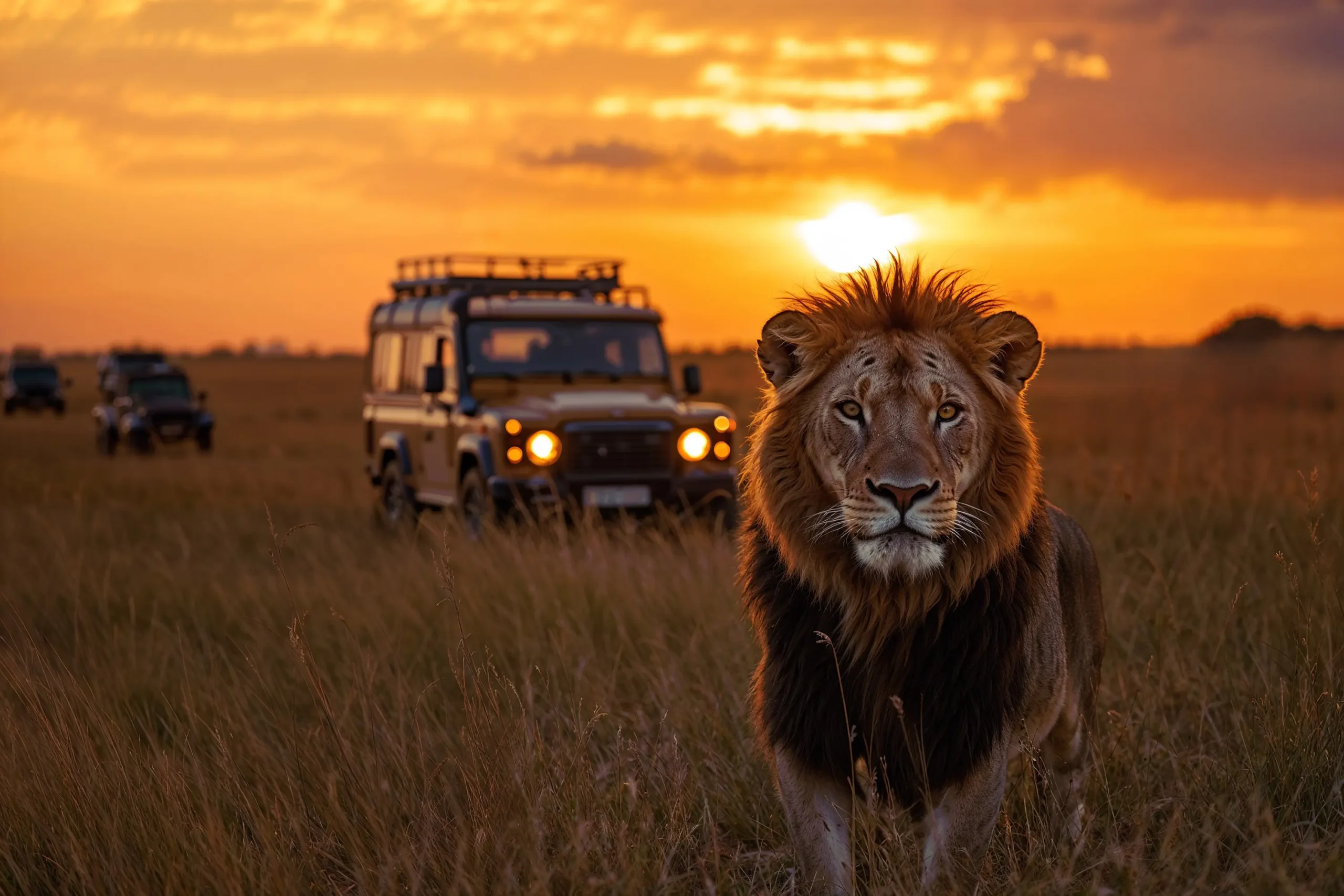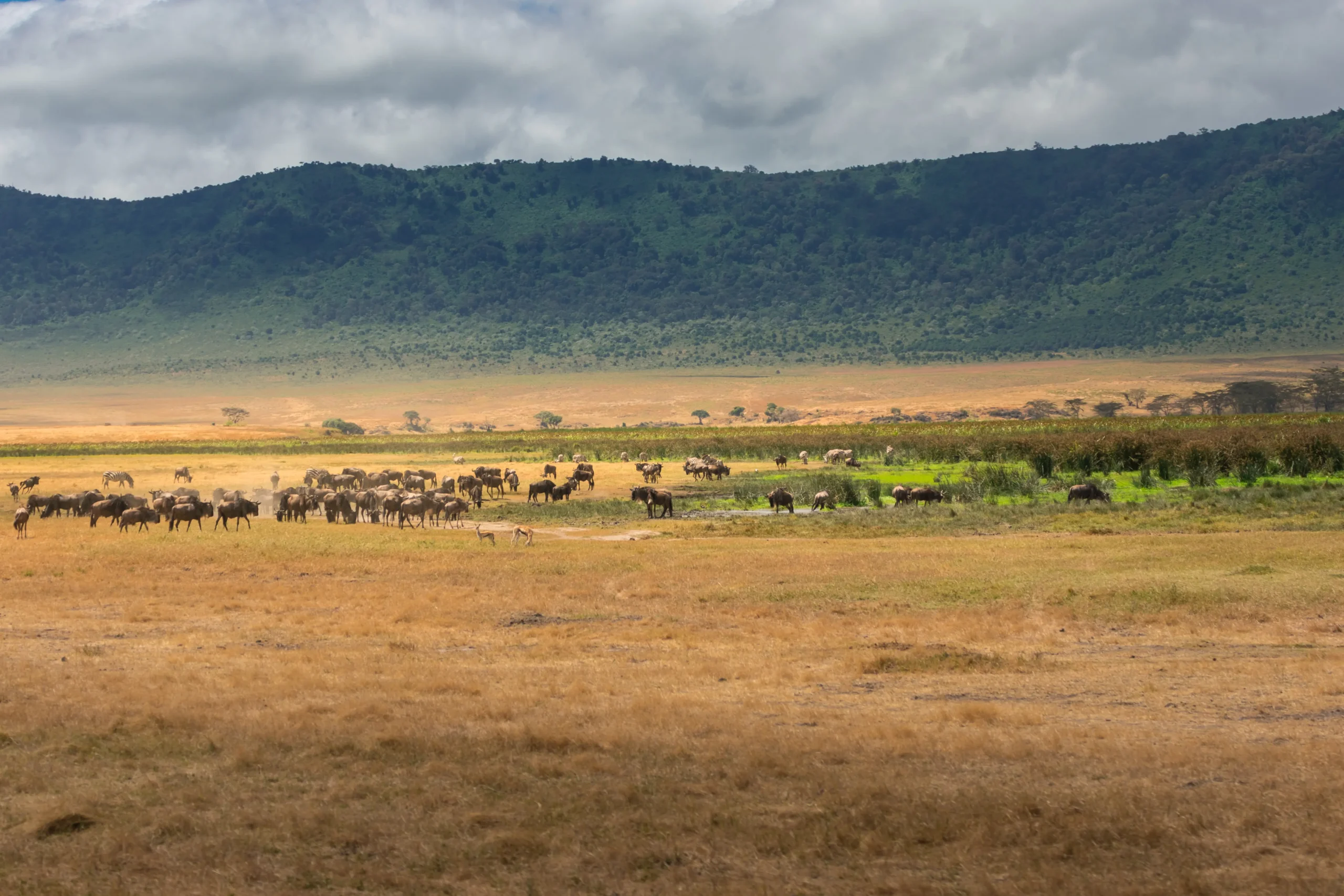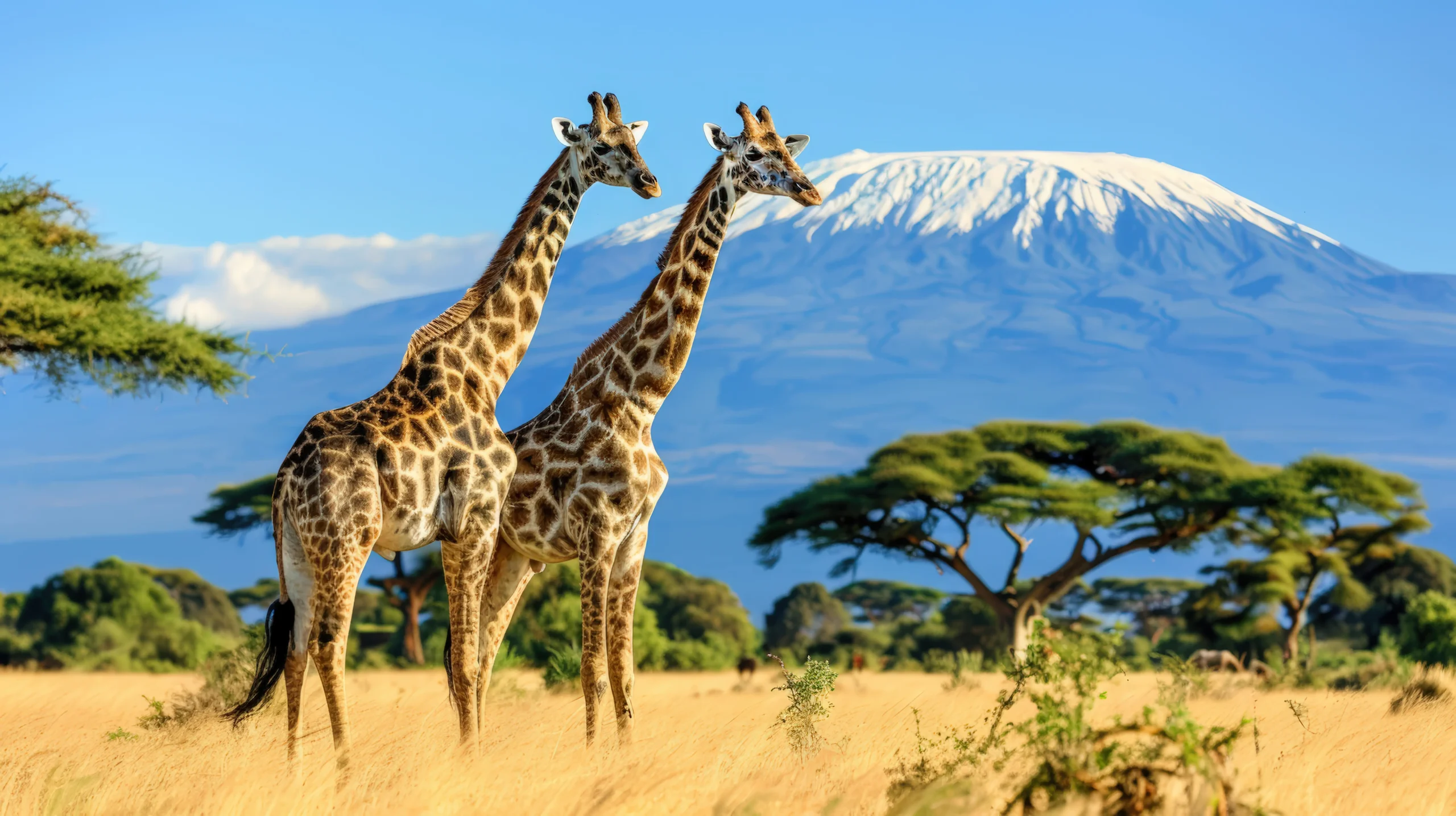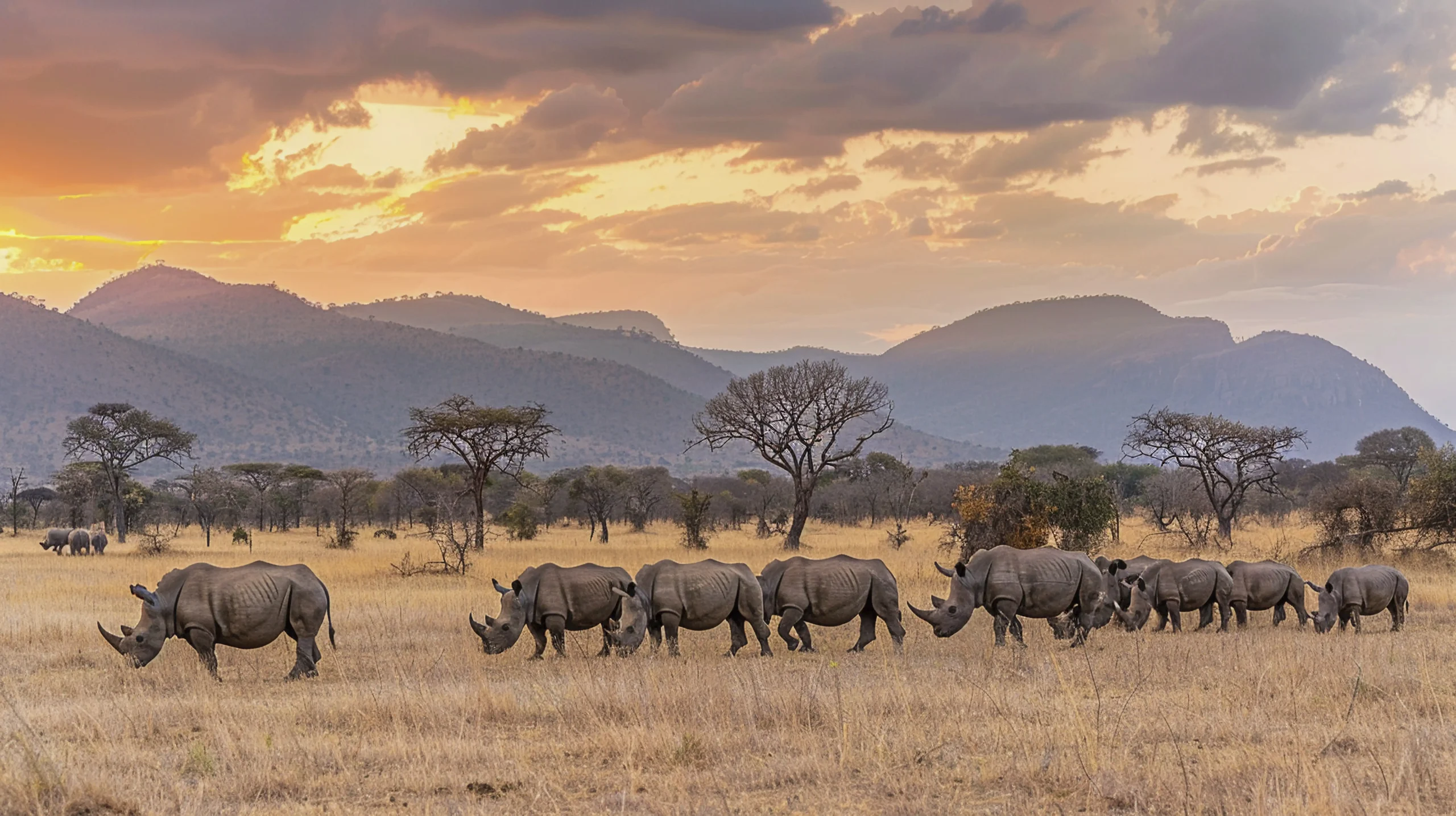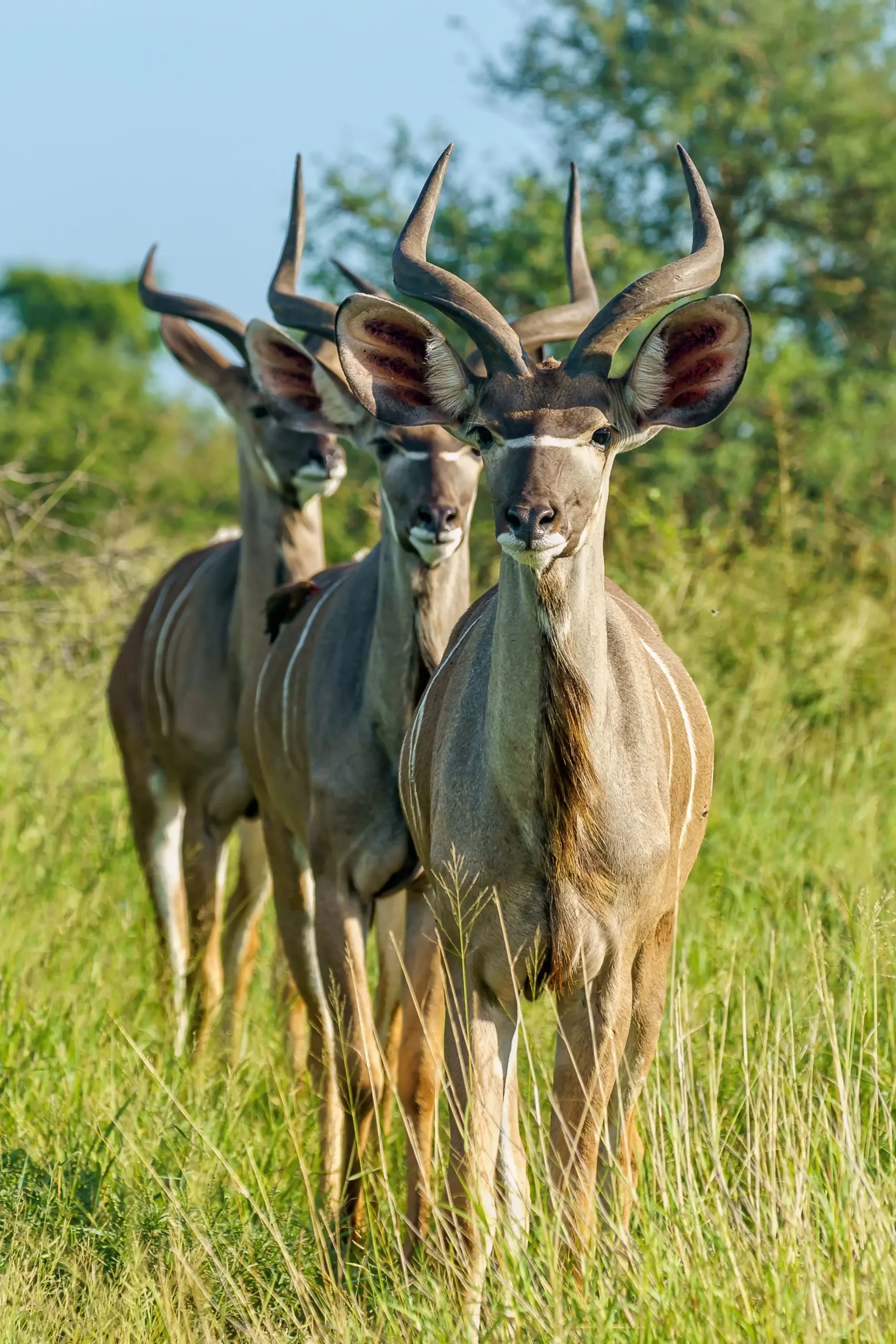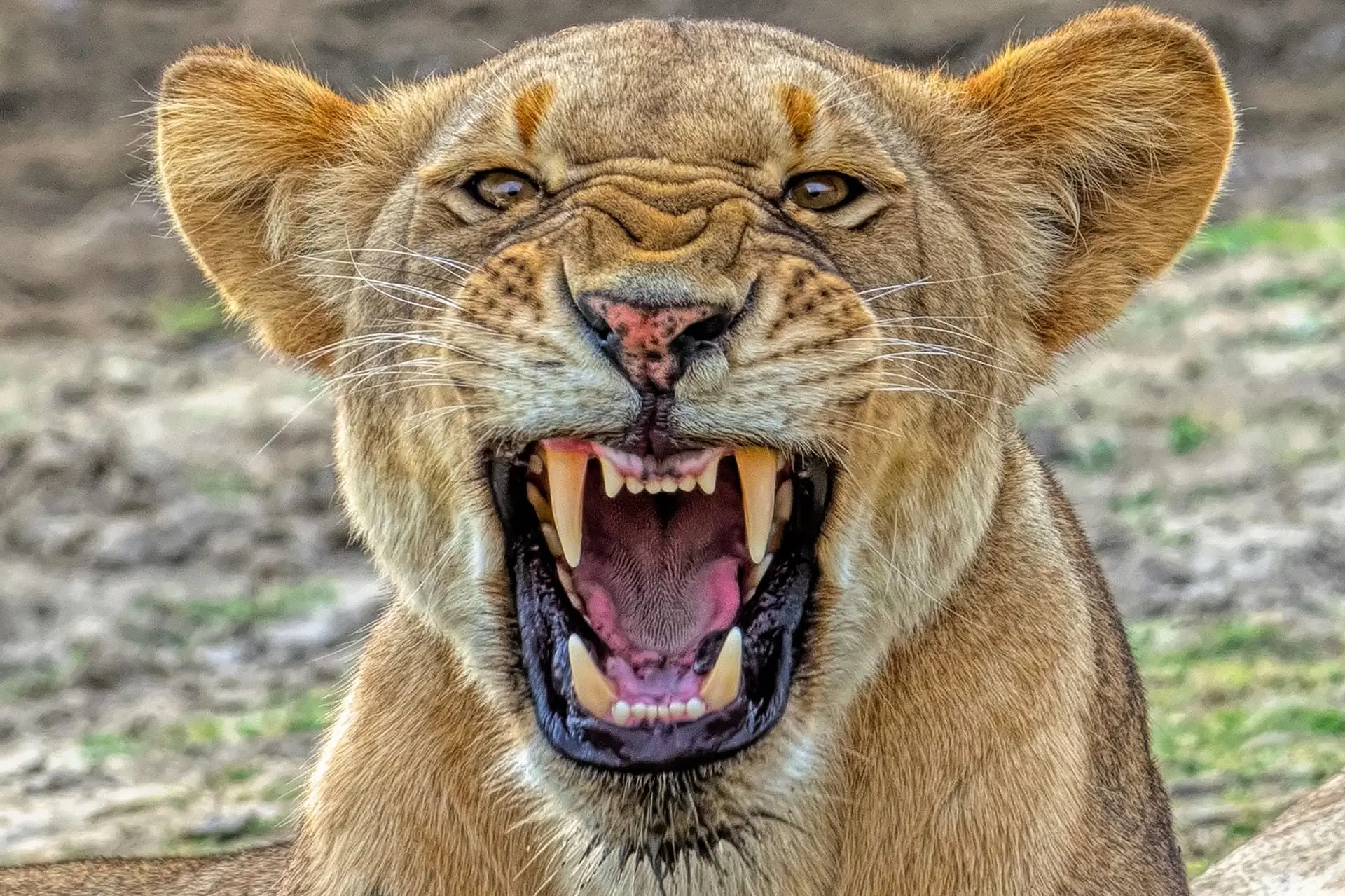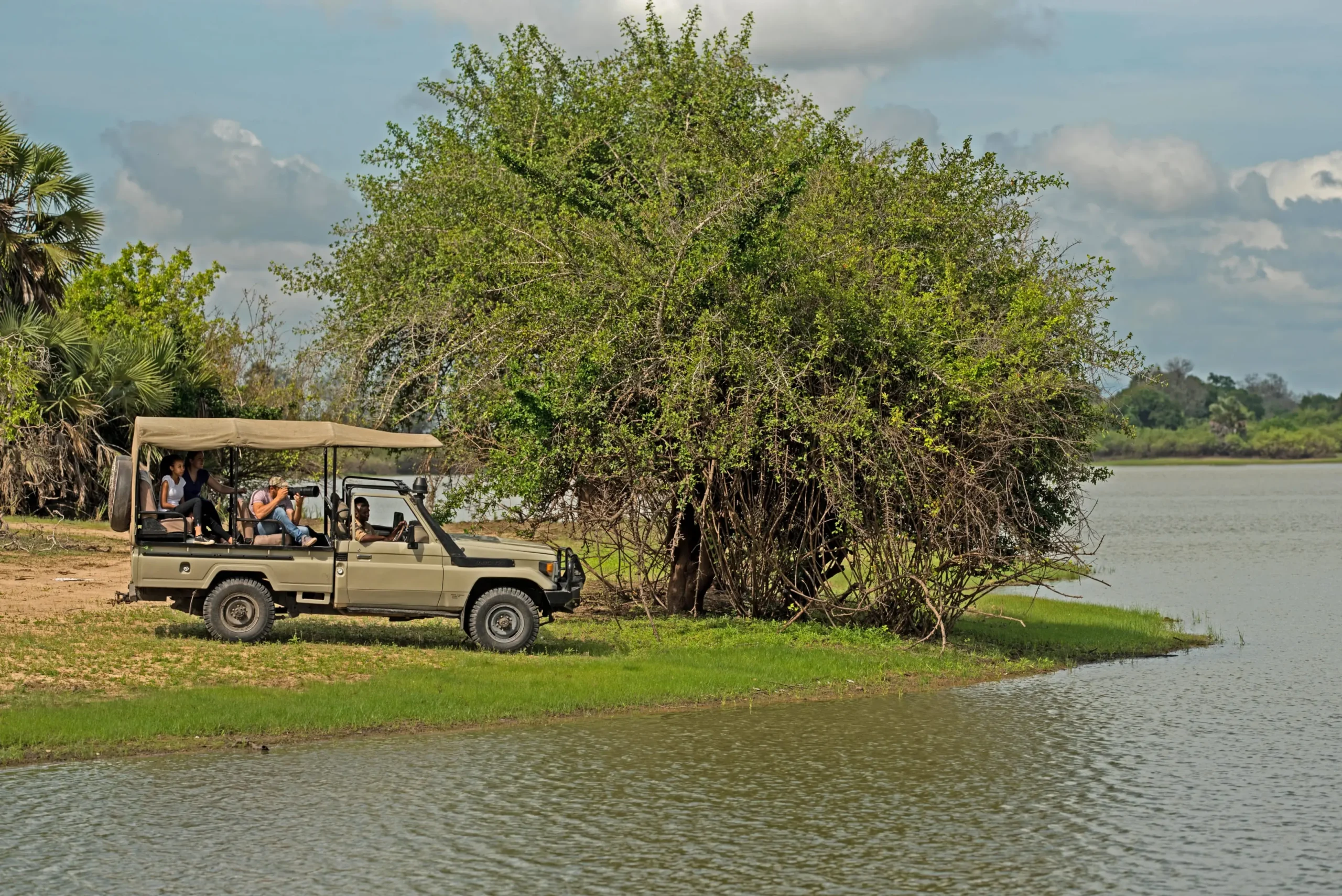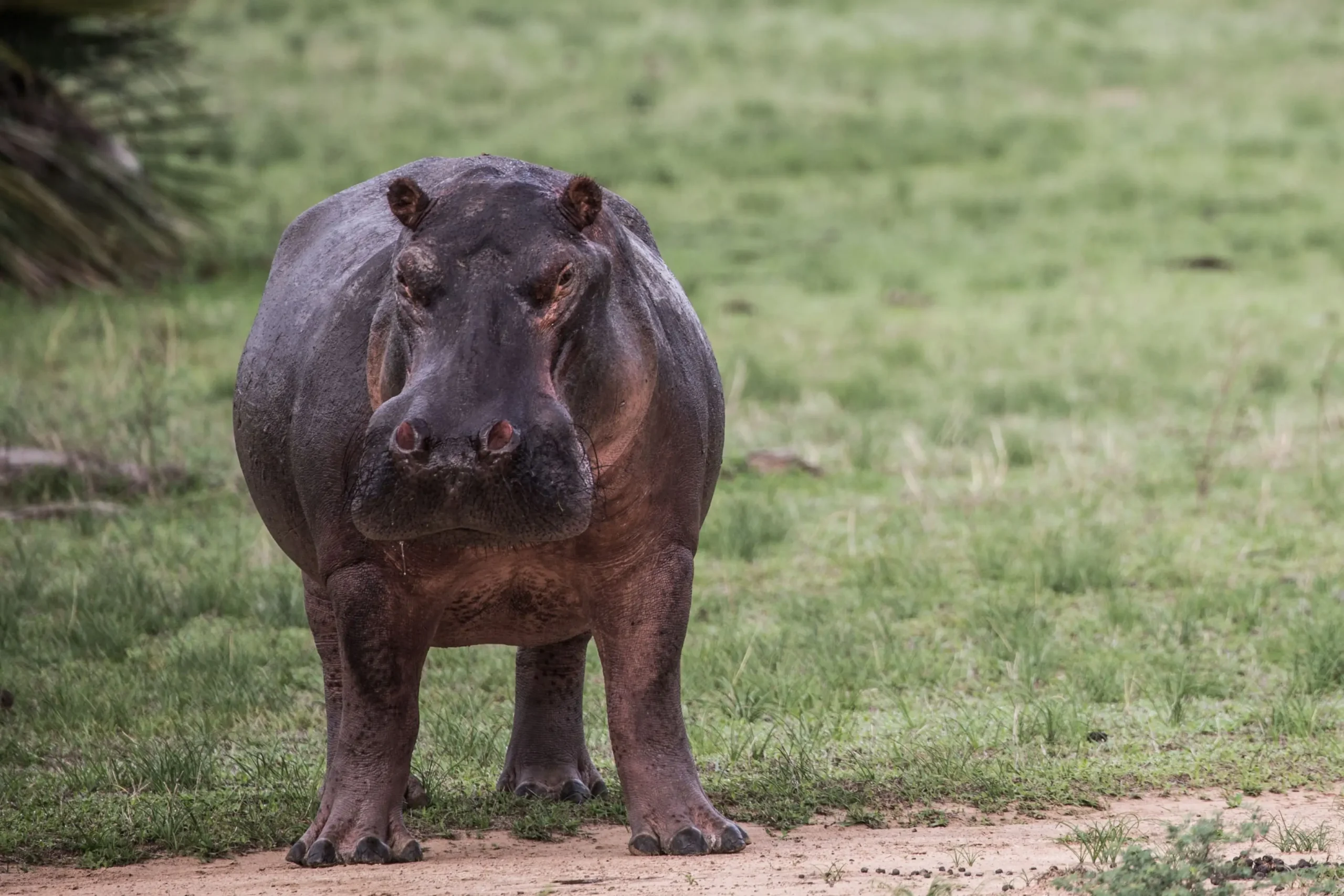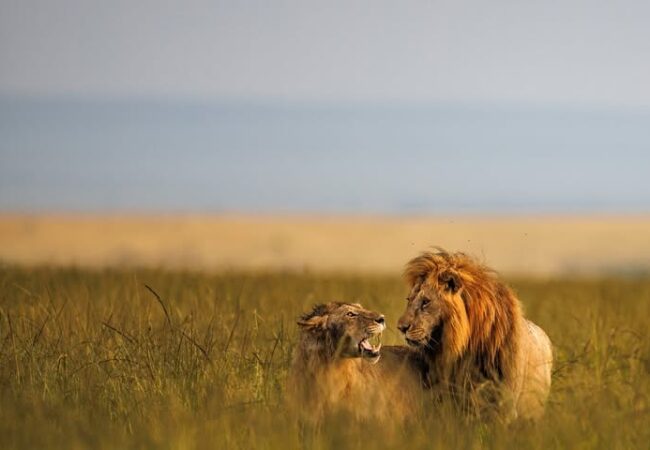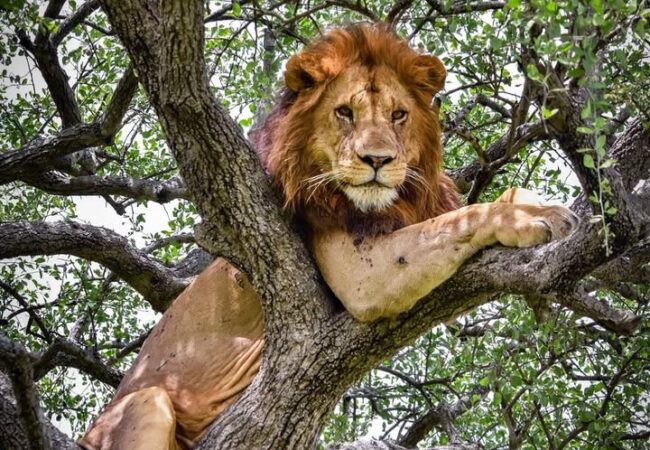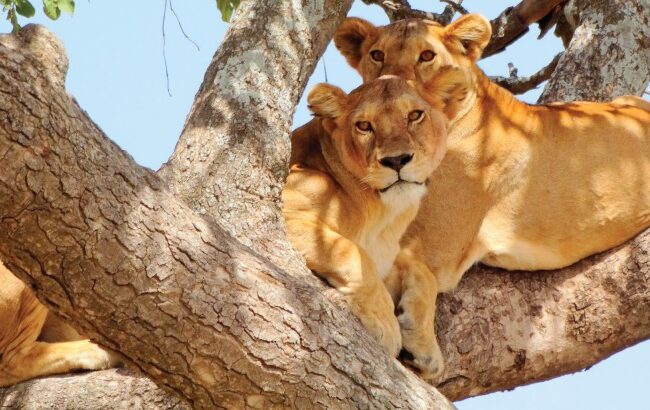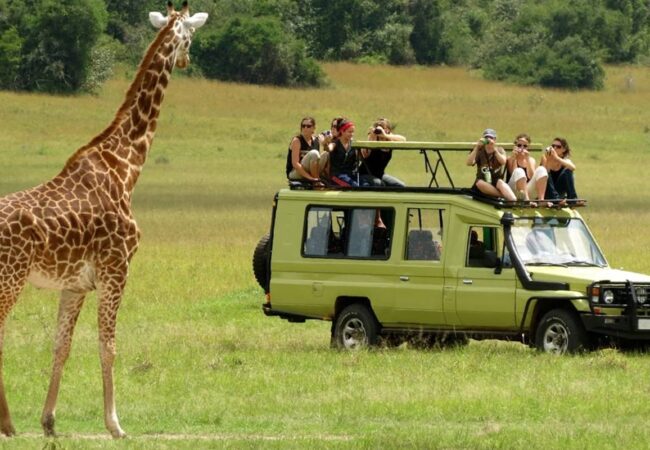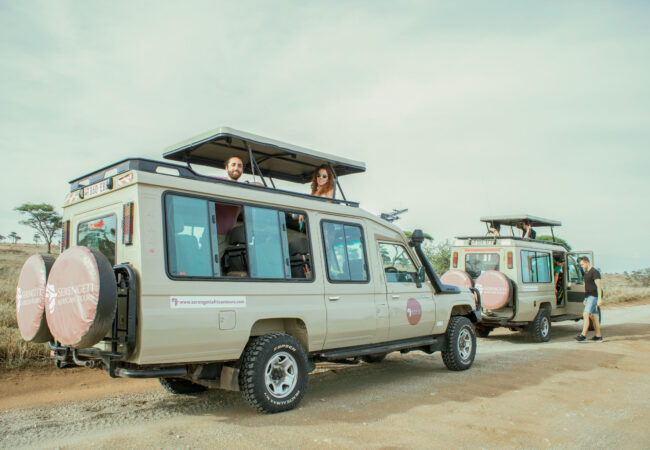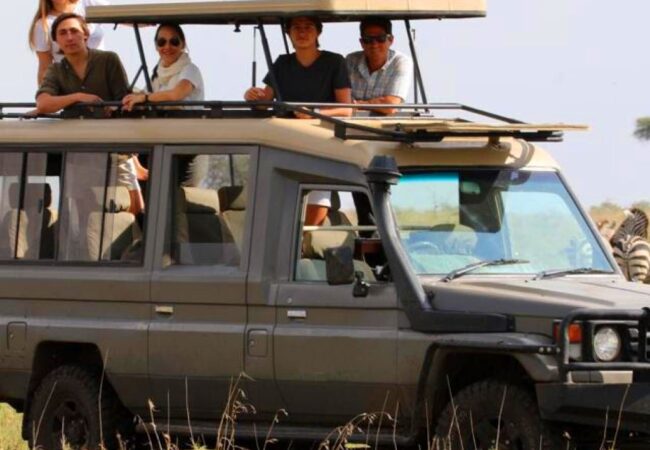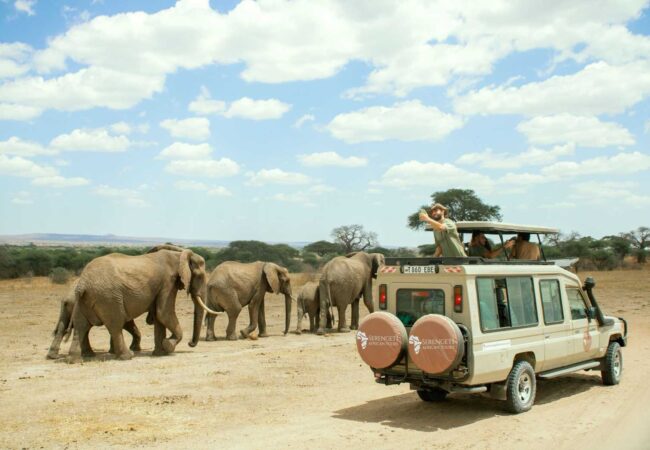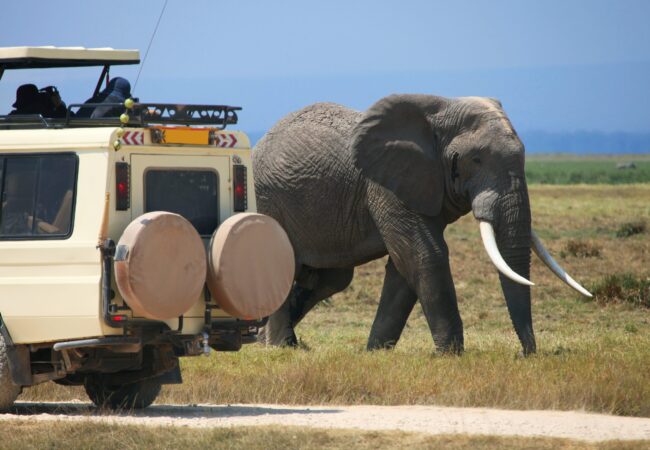Our Destinations
info@moriasafari.com
Looking for Safari Partners? You are exactly in the right place Book Your Safari Here
Nyerere National Park
- Home
- Nyerere National Park
Nyerere National Park – Tanzania’s Untamed Wilderness
Nyerere National Park, formerly part of the Selous Game Reserve, is Tanzania’s largest national park and one of the wildest and most remote safari destinations in Africa. Covering over 30,000 square kilometers, it’s almost twice the size of Serengeti, offering a raw, off-the-beaten-path safari experience like no other.
Why Visit Nyerere National Park?
- Abundant Wildlife, Zero Crowds – Unlike busier parks, Nyerere is uncrowded and vast, home to elephants, lions, hippos, wild dogs, crocodiles, giraffes, zebras, and over 400 bird species.
- Boat Safaris on the Rufiji River – One of the park’s signature experiences is exploring the Rufiji by boat — watch elephants drink, hippos grunt, and crocodiles bask just meters away. A rare safari activity in East Africa.
- Diverse Safari Styles – From traditional game drives to walking safaris and boat excursions, Nyerere offers a 360° wildlife experience in stunning natural surroundings.
- Unique Ecosystem – The park features rivers, lakes, open grasslands, swamps, and dense woodlands — making it a haven for wildlife and birdlife alike.
Best Time to Visit
- Dry Season (June to October): Perfect for game viewing as animals gather around water sources.
- Green Season (November to May): Lush and scenic with fantastic birdwatching, but some areas may be harder to access.
Moria Safari Experience:
At Moria Safari, we craft personalized journeys into Nyerere for travelers seeking authentic, untouched Africa. Whether it’s a private boat safari, a walking adventure, or a relaxing stay at a riverside camp, we ensure your experience is seamless, safe, and unforgettable.
Our Destination Highlight
Recommended Package
Starting From:
$1,300TAXES INCL/PERS
Starting From:
$2,202TAXES INCL/PERS
Starting From:
$2,000TAXES INCL/PERS
Starting From:
$2,200TAXES INCL/PERS
Starting From:
$650TAXES INCL/PERS
Starting From:
$1,100TAXES INCL/PERS
Starting From:
$850TAXES INCL/PERS
Starting From:
$1,450TAXES INCL/PERS
Starting From:
$1,000TAXES INCL/PERS

